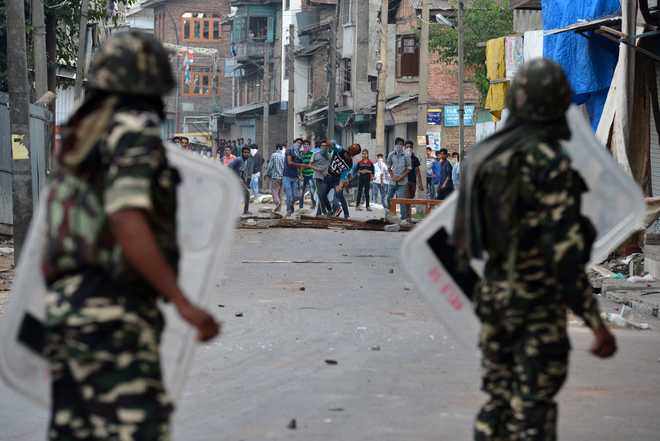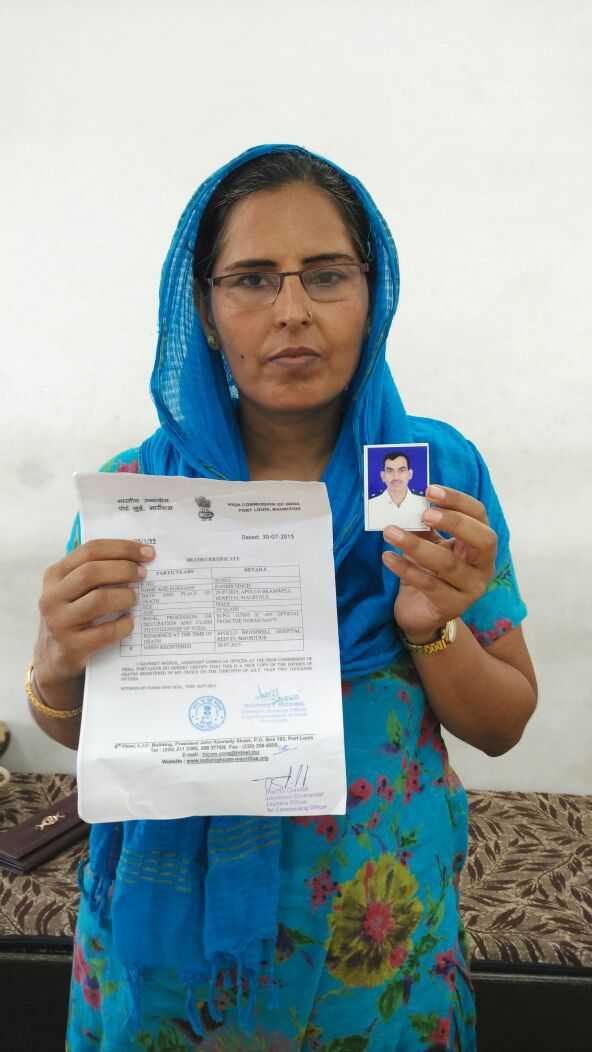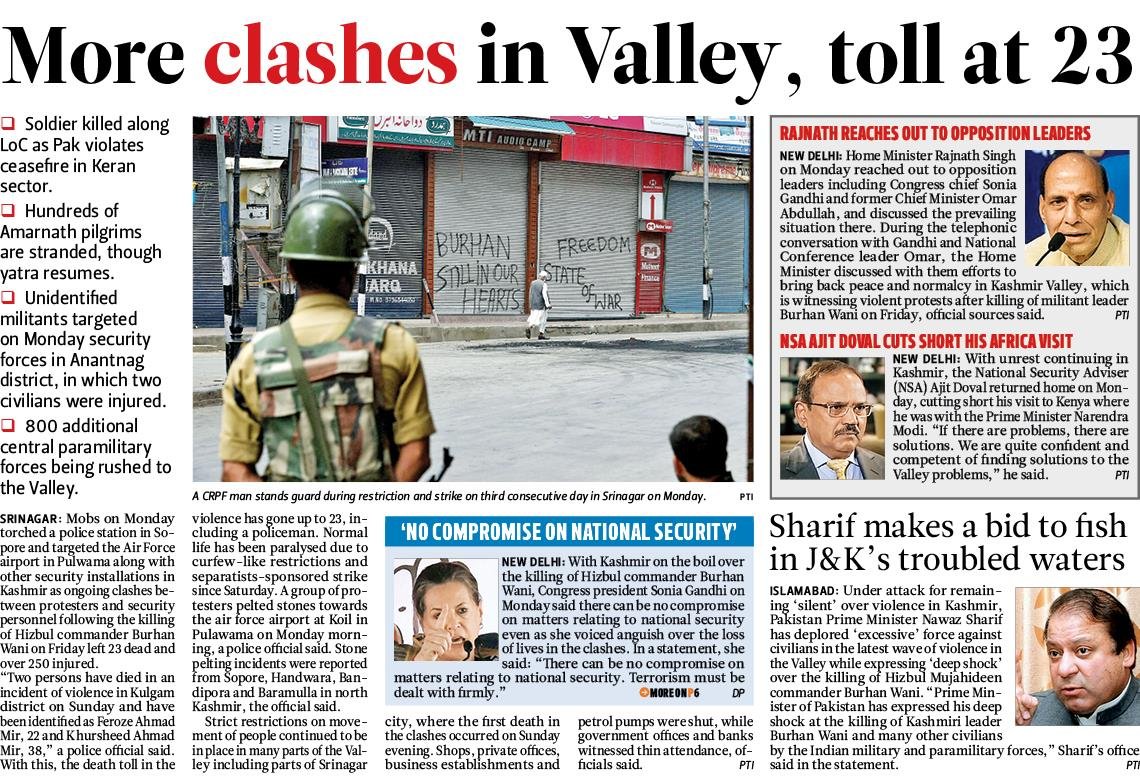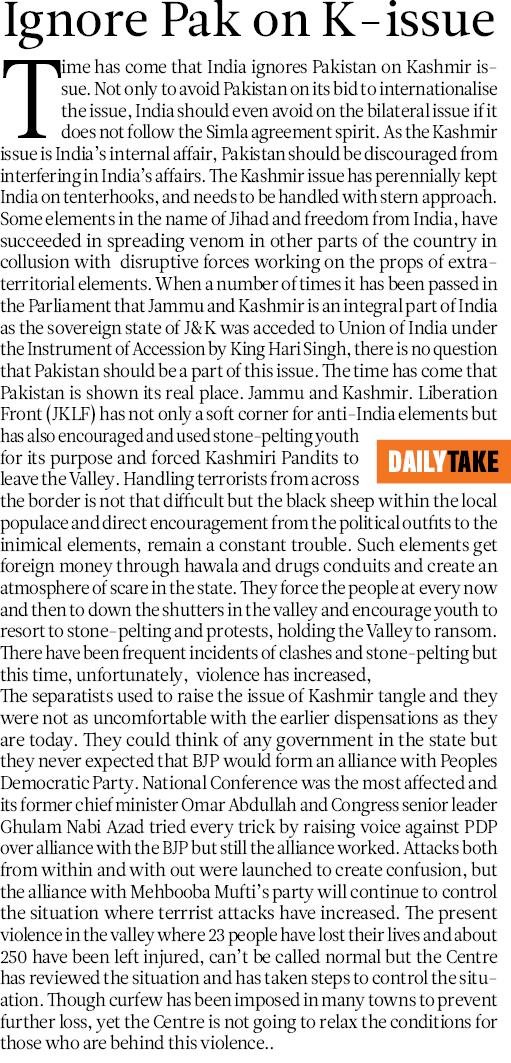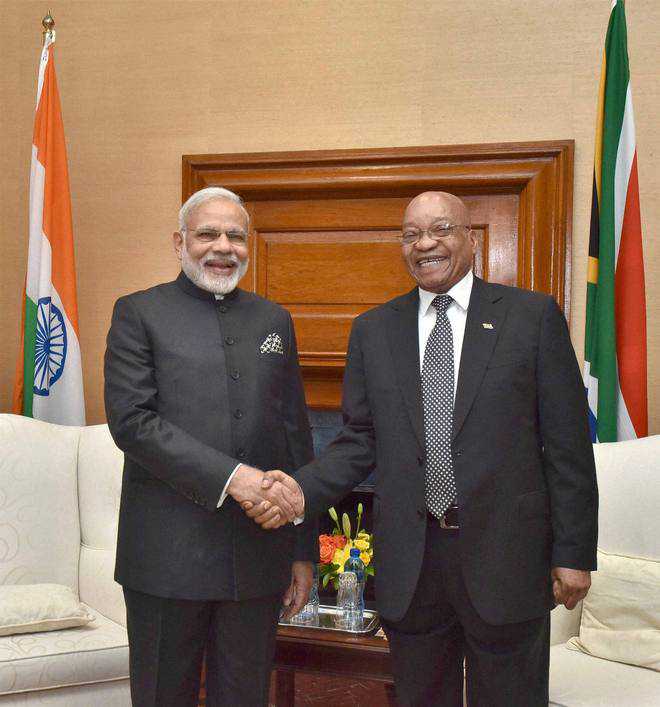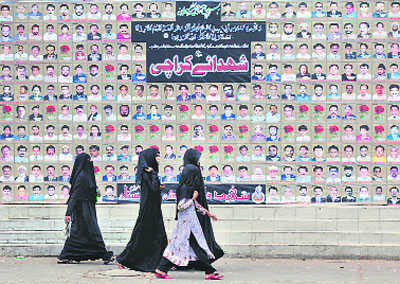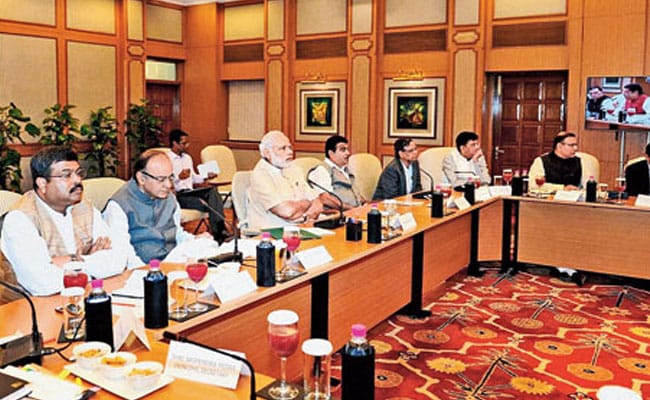SRINAGAR: Army chief General Dalbir Singh reviewed the security situation in Kashmir on Wednesday and appealed to the people to maintain peace while calling for strict vigil along the Line of Control (LoC).
PTIChief of Army Staff Gen Dalbir Singh having a word with army officers during his visit to the Srinagar-based Chinar Corps on Wednesday.
The Army chief also complimented the troops on ground for showing maximum restraint even in the face of grave provocation besides appreciating the synergy being shown among all security agencies that has resulted in successful counter-terrorist operations, an Army spokesman said.
“The Chief of Army Staff reviewed the security situation in Kashmir during his visit to the Srinagar based 15 Corps,” the spokesman said. He said the Army Chief was briefed by the Northern Army Commander Lt Gen D S Hooda and Chinar Corps Commander Lt Gen Satish Dua on the situation along the LoC and the hinterland including the measures instituted to ensure close coordination with all security and other government agencies towards maintaining peace in the Valley.
The Army chief, accompanied by the Northern Army and Chinar Corps Commanders, also visited the Kupwara Division in north Kashmir and Awantipur based ‘Victor Force’ where he was briefed on the operational preparedness as also the initiatives taken by Army in collaboration with civil administration to alleviate hardships being faced by the populace due to the prevailing unrest, the spokesman said.





















































